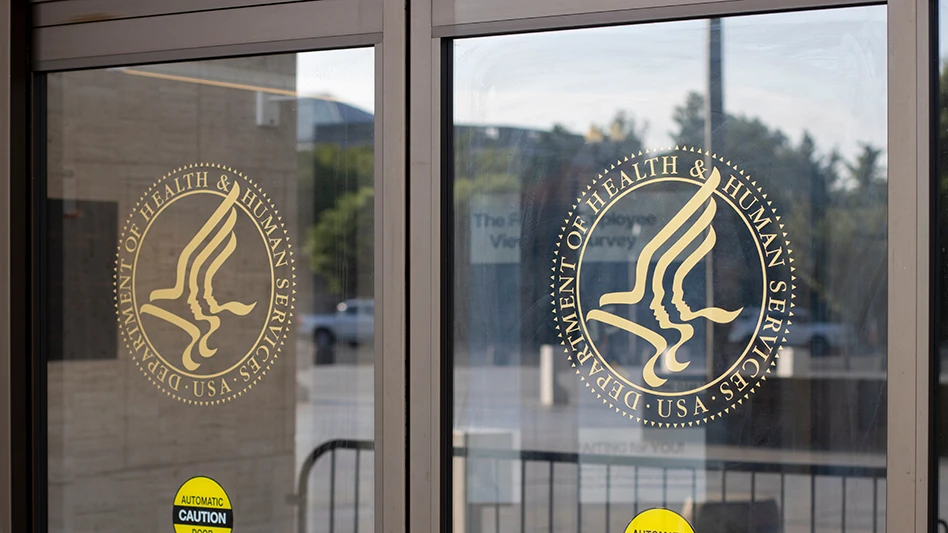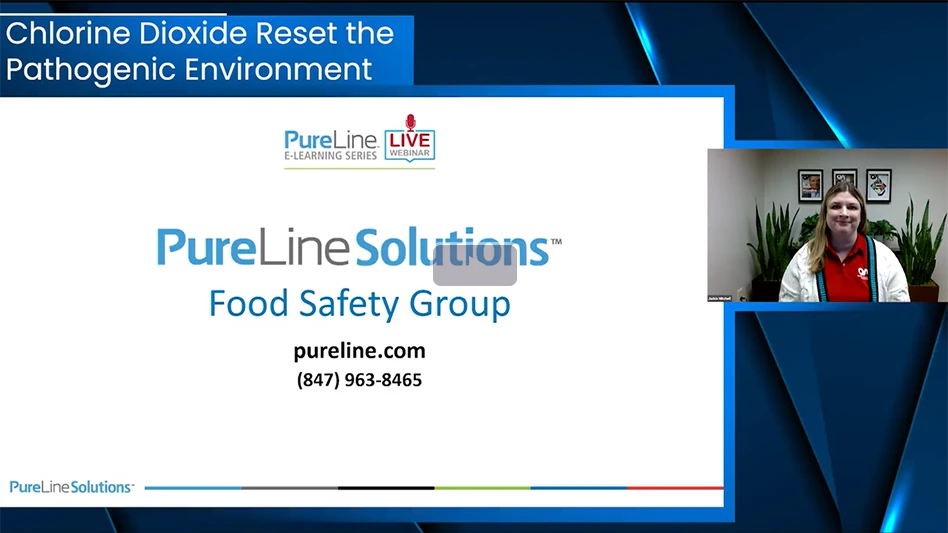
Cockroaches are nocturnal creatures that spend the majority of their time in dark, hidden places, coming out primarily to seek food — or alternate shelter if its “home” becomes overpopulated. Because of this, not seeing a cockroach does not mean there are none in your facility, and seeing even one can mean there is an infestation.
Such cockroach facts make it a bit disconcerting that nearly half of those surveyed for QA’s 2020 State of the Market: Cockroach Control in Food Facilities reported having seen a cockroach inside or around the exterior of their food facility (Figure 1). Although a cockroach sighted around the exterior of the facility is much less objectionable than inside, more than 60% of those reporting having seen cockroaches said they were discovered in the employee breakroom or kitchen while only 27% reported them as outside the facilities (Figure 2).

Interestingly while it is often expected that cockroaches and other pests are brought into food facilities with incoming goods, only 0.7% of respondents said that cockroaches had been found there. Most concerning, however, are the 10% who have seen cockroaches in the processing area. (See Why Cockroaches Are a Problem, page 4.)
HOW COCKROACHES GET IN. Cockroaches can enter facilities with incoming supplies, but having good supply-chain and inspection/rejection programs can significantly reduce such occurrence, which could account for the low number of respondents who had found cockroaches in incoming supplies.
Additionally while some cockroach species can enter from the exterior, thus being a concern for the 27% who had seen them there, the most common and hazardous species — the German cockroach — rarely lives outdoors. Rather, these cockroaches are generally carried in or on something or someone from an infested place.

The high percentage (61%) of respondents who saw the cockroaches in the employee breakroom or kitchen, along with the 39% who saw them in or around employee lockers, attests to this.
As explained in the University of Florida/IFAS Extension paper, Assessment-Based Pest Management of German Cockroaches, on developing strategies for prevention and control: “Be aware that people can carry German cockroaches into an area on backpacks, purses, and other clothing items.” Because of this, some of the most susceptible areas for German cockroach infestations are employee/staff lounges or breakrooms and employee lockers — exactly the areas where the survey showed most cockroaches had been sighted.

INFESTATION PREVENTION. Thus, care in these areas and employee education are critical, because this species is well-adapted to movement throughout food facilities, and a single entering female can quickly become a problem in all areas. (See The German Cockroach, page 3.) This should include:
- Training workers on sanitation in employee areas and educating them on the general behavior of cockroaches (and other pests) to provide the “why” behind the training.
- Allowing employee clothing and belongings only in lockers, breakrooms, administrative areas, etc., to keep them segregated from food production and storage areas.
- Having regularly scheduled inspection and cleaning of all lockers, breakrooms, and other employee areas, explaining the dangers of cockroach invasion to workers.
- Implementing a monitoring program in these areas to help prevent an infestation before it can get started. ?

Respondent Profiles


Explore the March April 2020 Issue
Check out more from this issue and find your next story to read.
Latest from Quality Assurance & Food Safety
- Kim Heiman Elected to Second Term as President of Wisconsin Cheese Makers Association
- FAO Launches $150 Million Plan to Restore Ukrainian Agricultural Production
- Pet Food Company Implements Weavix Radio System for Manufacturing Communication
- Penn State Offers Short Course on Food Safety and Sanitation for Manufacturers
- USDA Announces New Presidential Appointments
- FDA to Phase Out Petroleum-Based Synthetic Dyes in Food
- IFT DC Section to Host Food Policy Event Featuring FDA, USDA Leaders
- CSQ Invites Public Comments on Improved Cannabis Safety, Quality Standards





